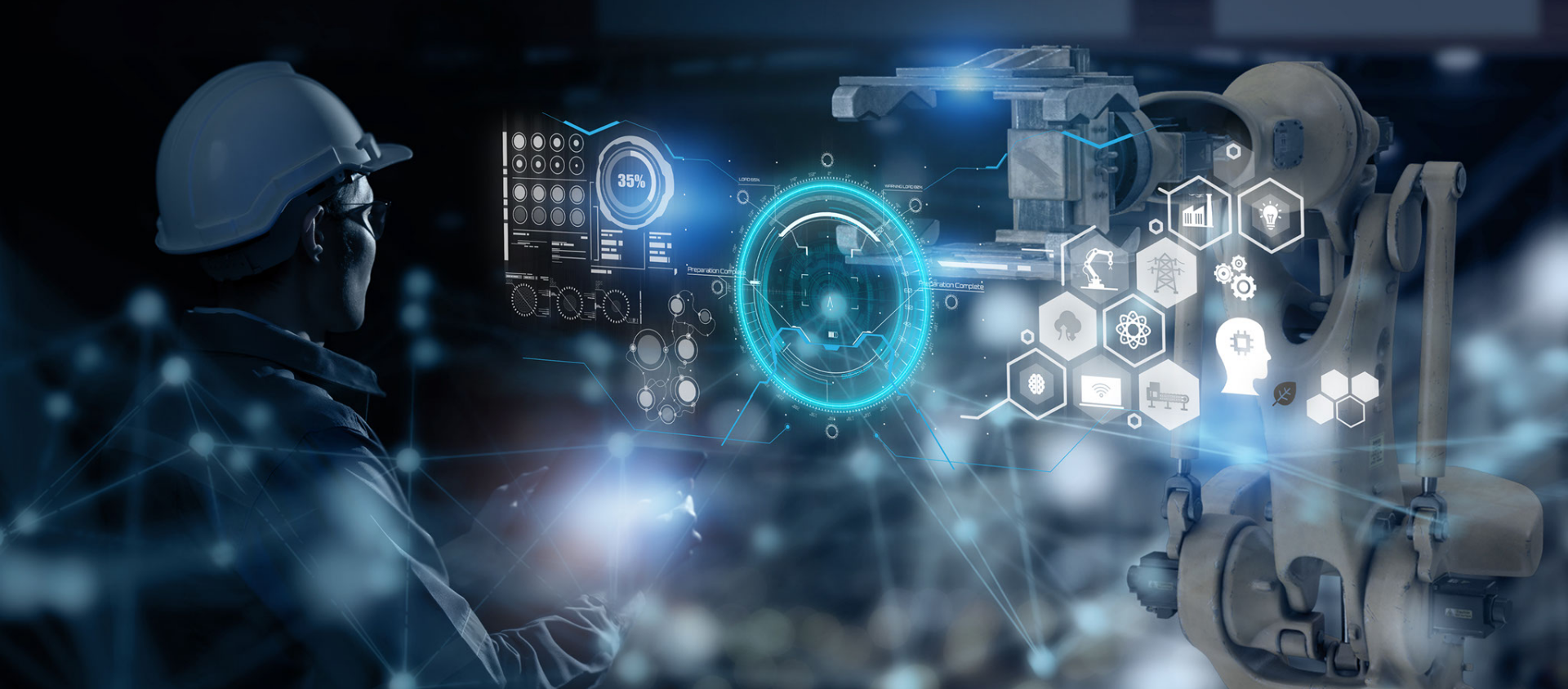
Enhancing Business Operations with Digital Twin Technology
Businesses are constantly seeking innovative ways to optimize their operations and gain a competitive edge in the market. One such technology that has been revolutionizing various industries is Digital Twin Technology.
Understanding Digital Twin Technology
Digital Twin Technology involves creating a virtual replica or simulation of physical assets, processes, or systems. This virtual counterpart operates in real-time, mirroring the behavior and performance of its physical counterpart. By integrating data from sensors, IoT devices, and other sources, digital twins provide a comprehensive view and analysis of the physical entity, enabling businesses to make informed decisions and predictions.
Application in Manufacturing
In the manufacturing sector, Digital Twin Technology has proven to be invaluable. It allows manufacturers to create virtual models of machinery and production lines. These digital replicas provide insights into performance, maintenance needs, and potential bottlenecks, enabling proactive measures to optimize production efficiency and reduce downtime.
Impact on Healthcare
Healthcare has also embraced Digital Twin Technology. Creating digital replicas of patients helps in personalized treatment plans and predictive healthcare. Physicians can simulate various treatment scenarios, test different medications virtually, and predict potential health outcomes, leading to more precise and effective patient care.
Advantages in Logistics and Supply Chain
The logistics and supply chain industry benefits significantly from Digital Twin Technology. By creating digital representations of warehouses, transportation fleets, and supply chain networks, businesses gain visibility into operations. This visibility facilitates streamlined processes, optimized routes, efficient inventory management, and timely deliveries, resulting in cost savings and improved customer satisfaction.
Integration with IoT and AI
Digital Twin Technology operates synergistically with other cutting-edge technologies like the Internet of Things (IoT) and Artificial Intelligence (AI). The integration of IoT sensors provides real-time data to the digital twin, ensuring accurate and up-to-date simulations. AI algorithms enhance the analysis of this data, enabling predictive maintenance, performance optimization, and scenario planning.
Future Prospects and Growth
As businesses continue to explore the potential of Digital Twin Technology, its future looks promising. With advancements in data analytics, machine learning, and connectivity, the capabilities of digital twins are expected to expand further. Industries like construction, energy, and urban planning are increasingly adopting this technology to drive efficiency and innovation.
Digital Twin Technology in Business
Digital Twin Technology’s impact on businesses is undeniable, offering improved operational efficiency, cost savings, predictive capabilities, and enhanced decision-making. Embracing this technology is becoming essential for companies aiming to stay competitive in today’s rapidly evolving market landscape.
To delve deeper into how Digital Twin Technology is reshaping businesses across various industries, visit Digital Twin Technology in Business.
In conclusion, the integration of Digital Twin Technology into business operations marks a significant leap towards a more efficient, data-driven, and proactive approach. As its applications continue to expand and evolve, embracing this technology becomes pivotal for organizations striving to thrive in the dynamic modern business environment.
